Rasa as the essence of Indian art from "summary" of A Modern Introduction to Indian Aesthetic Theory by Surendra Sheodas Barlingay
Rasa occupies a central position in Indian aesthetic theory, serving as the essence of Indian art. It is a concept that has been debated and discussed by scholars and practitioners for centuries, reflecting the deep-rooted significance it holds in the Indian artistic tradition. Rasa can be understood as the aesthetic flavor or essence that is evoked and experienced by the audience when they engage with a work of art. This experience goes beyond mere intellectual understanding, tapping into the realm of emotions and feelings. The concept of Rasa is based on the idea that art has the power to evoke a range of emotions and sentiments in the audience. These emotions are not arbitrary or random but are carefully crafted and structured by the artist to create a specific aesthetic experience. According to Indian aesthetic theory, there are nine primary Rasas that correspond to different emotional states, such as love, anger, joy, and sadness. Each Rasa is associated with a particular mental state and is evoked through the use of various artistic elements, such as melody, rhythm, gesture, and color. Rasa is not just about the artist expressing their emotions but also about creating a connection with the audience, enabling them to experience a similar emotional response. This emotional resonance is what distinguishes art from other forms of human expression, elevating it to a higher plane of aesthetic experience. Through the evocation of Rasa, art has the power to transcend the boundaries of language, culture, and time, speaking to the universal human experience. The concept of Rasa has been a subject of extensive analysis and interpretation in Indian aesthetic theory, with scholars offering various perspectives on its nature and significance. Some argue that Rasa is a subjective experience that varies from person to person, while others emphasize its objective and universal qualities. Despite these differences in interpretation, one thing remains clear – Rasa is at the heart of Indian art, shaping the way artists create and audiences perceive artistic works.- Rasa stands as the essence of Indian art, embodying the power of art to evoke and communicate emotions in a profound and meaningful way. It is a concept that has endured through centuries, continuing to inspire and enrich the artistic tradition of India. Through the experience of Rasa, audiences are transported to a realm of aesthetic delight and emotional resonance, connecting them to the beauty and complexity of the human experience.
Similar Posts
Creativity is a habit that can be developed
Creativity is not a magical gift bestowed upon a select few lucky individuals. It is not a rare talent that some are born with,...
Communicate authentically and listen deeply
Communication is a fundamental aspect of human interaction, but how often do we truly communicate authentically and listen deep...

Storytelling enhances creative impact
Storytelling is a powerful tool that can significantly enhance the impact of creative work. When we tell stories, we tap into t...
Artists and poets must trust their intuitive instincts
Creativity is a mysterious force that flows through artists and poets, guiding them in their work. This force is not something ...

Exploring the complexities of Rasa in a global context
The concept of exploring the complexities of Rasa in a global context allows for a deeper understanding of the intricacies invo...

The nine Rasas and their emotional impact
The nine Rasas, or emotional essences, are central to Indian aesthetic theory. These Rasas are not merely emotions but complex ...
Artistic experiences can promote empathy
Artistic experiences have the power to deepen our understanding of others and cultivate empathy. When we engage with art, wheth...
The sublime surpasses ordinary aesthetic experiences
The sublime, according to Kant, is an aesthetic concept that transcends the ordinary experiences of beauty. It goes beyond mere...

